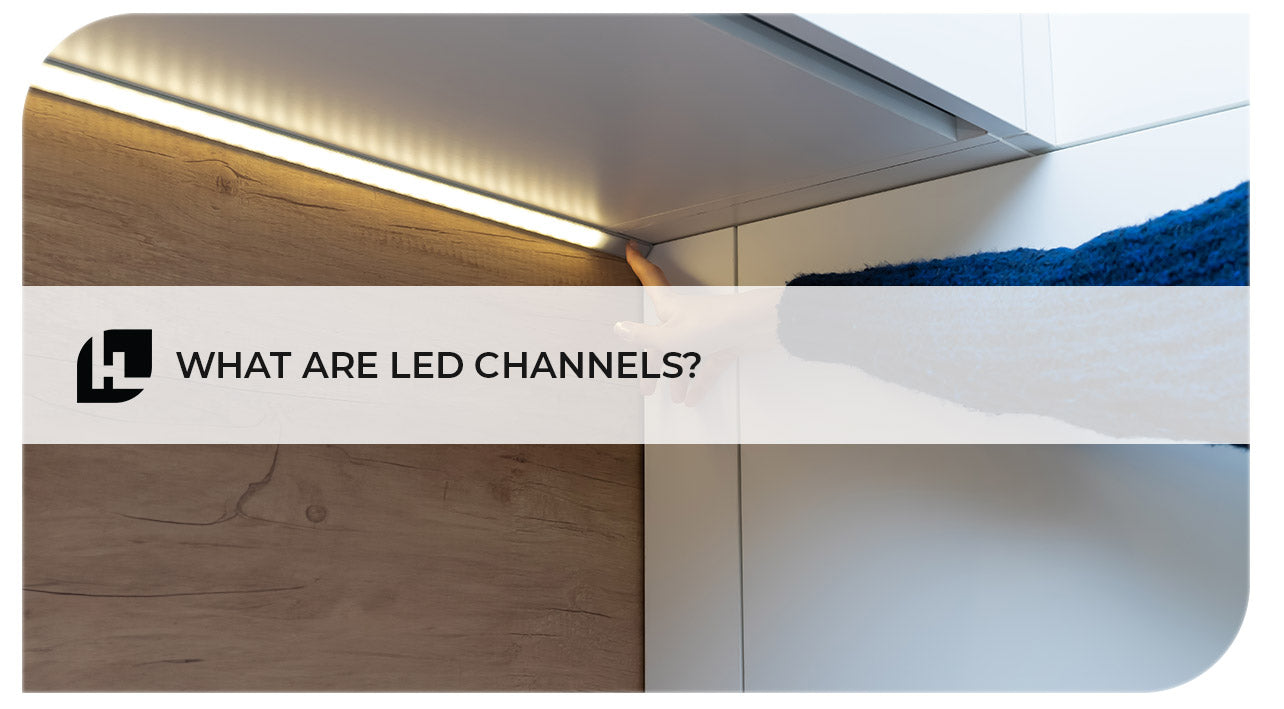Acerca de HitLights:
HitLights es un proveedor líder de iluminación LED de alta calidad y controladores LED de bajo voltaje, así como de materiales de montaje que satisfacen diversas necesidades en entornos residenciales, comerciales y de eventos. Con un compromiso con la innovación, la iluminación ecológica y la satisfacción del cliente, HitLights continúa iluminando espacios con innovaciones, ya sea en tecnología micro o macro.
Por cierto, si eres un instalador profesional, un integrador o el propietario de un negocio y quieres: ¡Ahorrar MÁS! ¡Y realizar MÁS proyectos!
Obtenga precios directos de fábrica cuando se una a nuestro
Programa de socios profesionales SIN RIESGOS, SIN CONTRATOS, SIN PROCESOS. ¡No hay nada que perder, pero sí MUCHO que GANAR!
Si tiene alguna pregunta adicional, no dude en comunicarse con nosotros a través de
customerservice@hitlights.com o llámenos al 1 (855) 768-4135. ¡Nuestro equipo de ingenieros y electricistas expertos está aquí para ayudarlo en cada paso del proceso!
*Descargo de responsabilidad: La información proporcionada en este artículo es sólo para fines informativos generales.




